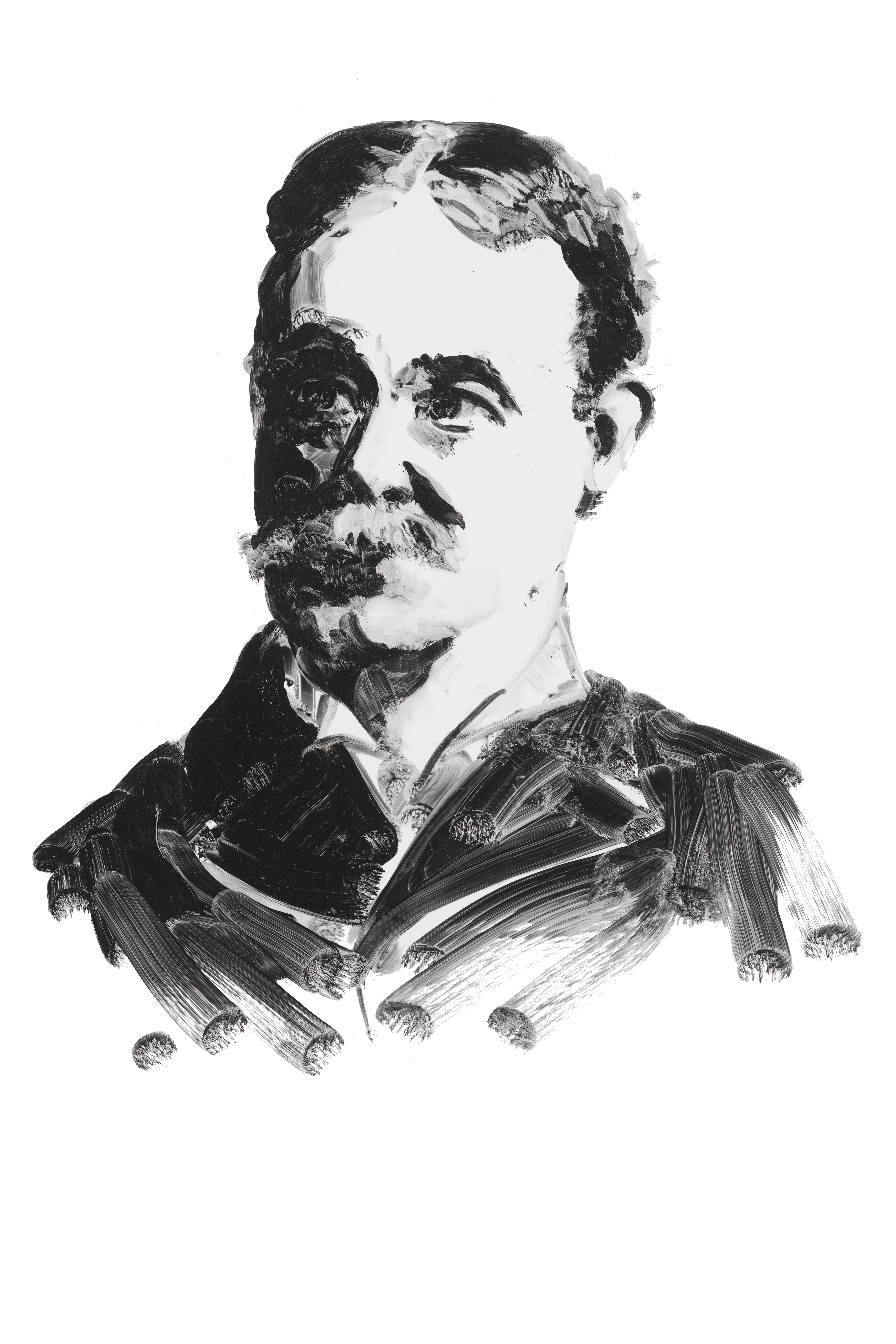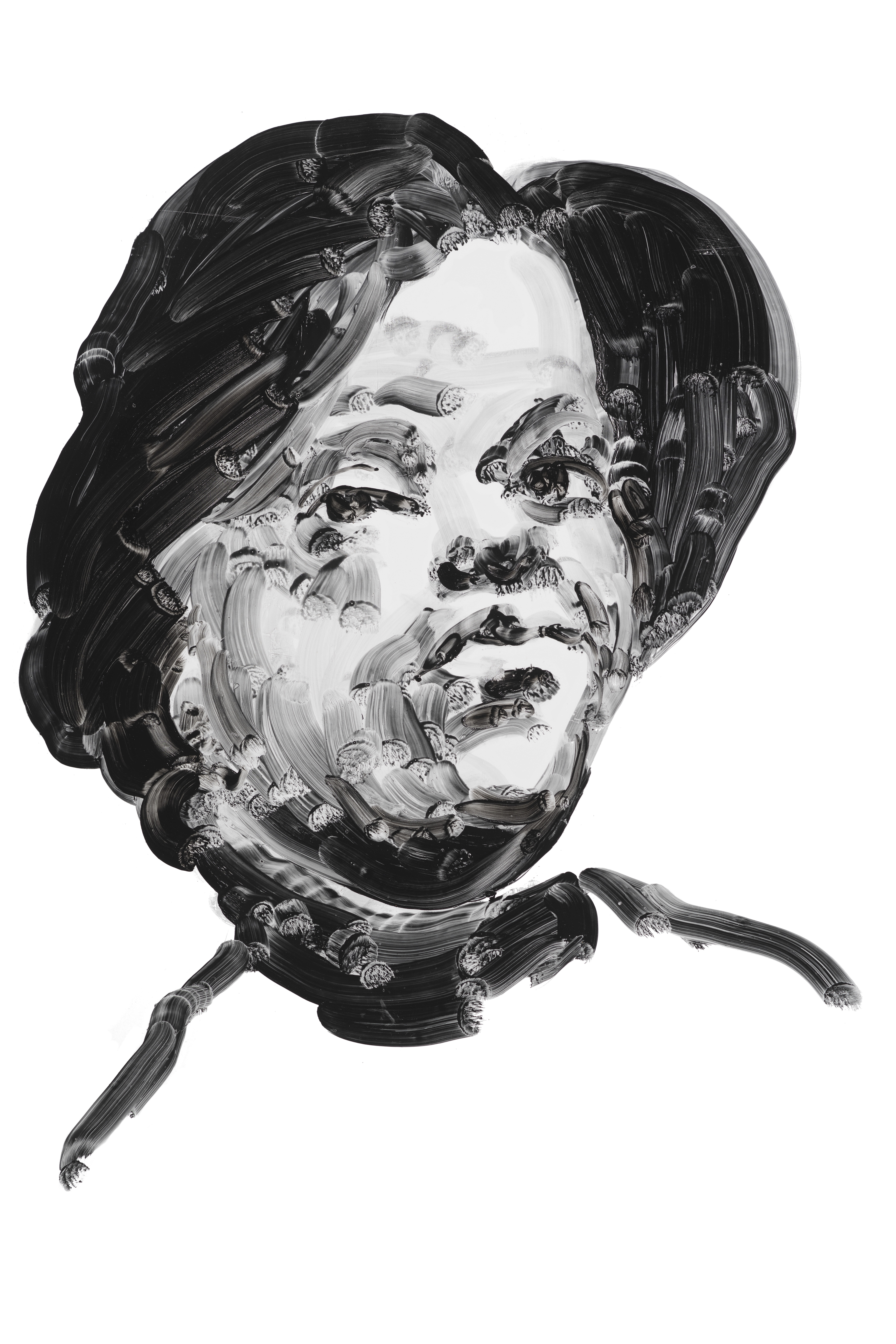Eric Fischl's Saints of Sag Harbor: Part V

The religious past and the art-as-religion future have intersected within the walls of the Sag Harbor Church, a cultural hub with famed artists/activists April Gornik and Eric Fischl as the founders, and Sara Cochran as executive director.
The soaring building is home to 20 windows; it is there, explained Fischl, where the “arts saints of Sag Harbor, the dead saints, will be canonized.” Fischl’s artistic contribution to the historical narrative of those of who were drawn to the East End as a vortex of creativity shine down from the portals surrounding the space.
For more information about programs, visit sagharborchurch.org
Dan’s Papers is showcasing two windows a week for 10 weeks, with Fischl’s light-hearted responses when asked the irreverent question, “What would this luminary be the patron saint of, besides Sag Harbor?”

Olivia Ward Bush-Banks (1869-1944)
“Olivia Ward Bush-Banks is our patron saint of poetry and harmonious life through interracial culture,” Fischl says. “She is the preserver of ethnic dialects and the spoken word of the Algonquin Montaukett’s and the Afro-American experience.”
Olivia Ward Bush-Banks was born on Glover Street in Sag Harbor, and moved as an infant with her family to Rhode Island. She returned to the Sag Harbor area many times to attend tribal meetings around the turn of the century when Native Americans were vying for civil rights.
Bush-Banks was a dramatist, essayist, editor, and published poet, and her writing reflects her rich heritage. She was featured regularly in the journal Colored America, and she served as an official historian for the Montaukett Nation. Her books include Driftwood and The Trail of Montauk (A Dramatic Sketch of Indian Life). A compilation has been published, titled The Collected Works of Olivia Ward Bush-Banks. Bush-Banks became an advocate for the “New Negro Movement” and developed her own Bush-Banks School of Expression, a nexus for writers, musicians, actors and artists of color. She also participated in the Works Progress Administration (WPA) in the 1930s. Her friends included Langston Hughes, Countee Cullen, Paul Robeson, Julia Ward Howe, and W.E.B. DuBois.
Prentice Mulford (1834–1891)
Eric Fischl: “Prentice Mulford is our Bohemian saint of philosophy with a healthy disregard for money. He helped move us away from ancient thinking into New Thought with his modern assertion that ‘Thoughts are things,’ selfhood is divine, and that ‘right thinking’ has the power to heal.
Prentice Mulford was an author and literary humorist born in what was then the Mansion House Hotel, now the Municipal Building on Main Street in Sag Harbor. The hotel was owned by his father.
Mulford moved to California in 1856 where he spent several years in mining towns, and later became well known as part of the San Franciscan “Bohemians.” In the late 1850s, groups of young, cultured journalists deemed themselves Bohemians, flourishing in cities across America. The San Franciscan Bohemians, and their “Bohemian Grove,” still exist today.
Mulford wrote for a paper called The Golden Era in San Francisco, and became a prolific writer, editor and lecturer, returning to New York City in 1872. The “New Thought” philosophy he founded with Ralph Waldo Emerson, among others, still has a following. Mulford’s books and guides for it were Thoughts Are Things (which can be seen on his gravestone at the Oakland Cemetery) and Your Forces and How to Use Them, which are still being read today. He also coined the term “Laws of Attraction.”



